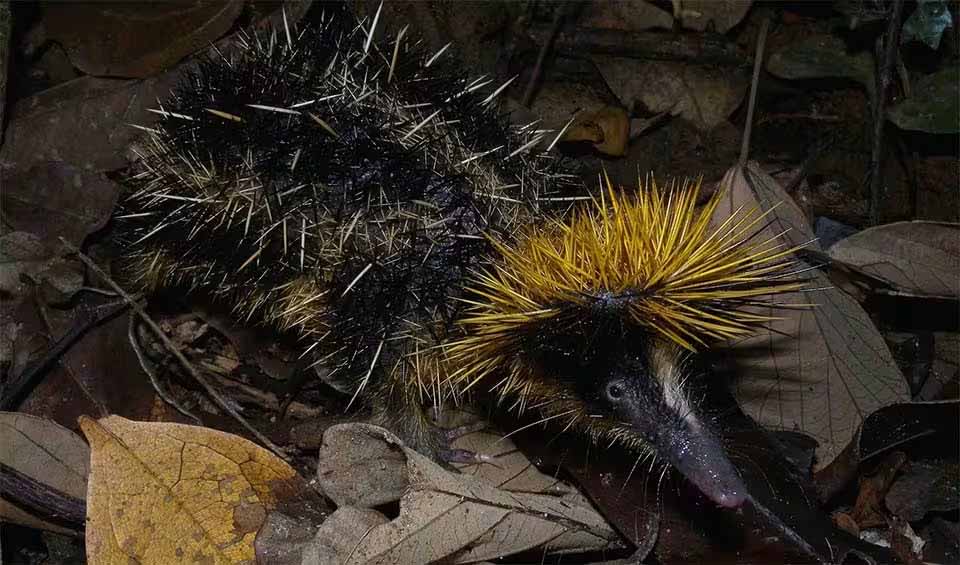Hemicentetes
Often referred to as "hedgehogs" due to their spiny appearance, but they are not closely related to true hedgehogs
A small genus of mammals belongs to a unique group of animals known as tenrecs, found only in Madagascar. These animals are particularly interesting because they resemble hedgehogs, even though they are not closely related to them.
One of the most striking features of Hemicentetes is their spines, which cover their backs and sides. These spines are not just for show; they serve as a defense mechanism against predators. When threatened, it can raise its spines and, in some cases, even use them to deliver a sharp jab to any would-be attacker. In addition to this, the spines on their back can make a rattling sound when rubbed together, which serves as a warning signal to potential predators.
The lowland streaked tenrec, one of the two species, is particularly known for its ability to produce sounds by rubbing together specialized spines on its back. This process is called stridulation, and it’s a behavior more commonly associated with insects like crickets, rather than mammals. The sounds created by stridulation are used for communication, especially between family members. For instance, a mother tenrec might use this sound to keep her young close or to alert them to danger.
These animals are insectivores, meaning they primarily eat insects and other small invertebrates. Their diet includes earthworms, beetles, and other insects, which they find by digging in the soil or leaf litter. They are active both day and night, but their activity patterns can vary depending on the season and environmental conditions.
One of the most fascinating aspects of hHemicentetes is their adaptability to different environments in Madagascar. The lowland streaked tenrec, as its name suggests, lives in the lowland rainforests, where it enjoys the dense, humid conditions. On the other hand, the highland streaked tenrec is adapted to the cooler, more mountainous regions of Madagascar. This ability to thrive in diverse habitats is a testament to the adaptability of these unique creatures.
Species in this genus
Lowland streaked tenrec
Has the ability to produce a foul-smelling secretion from glands located near its eyes


